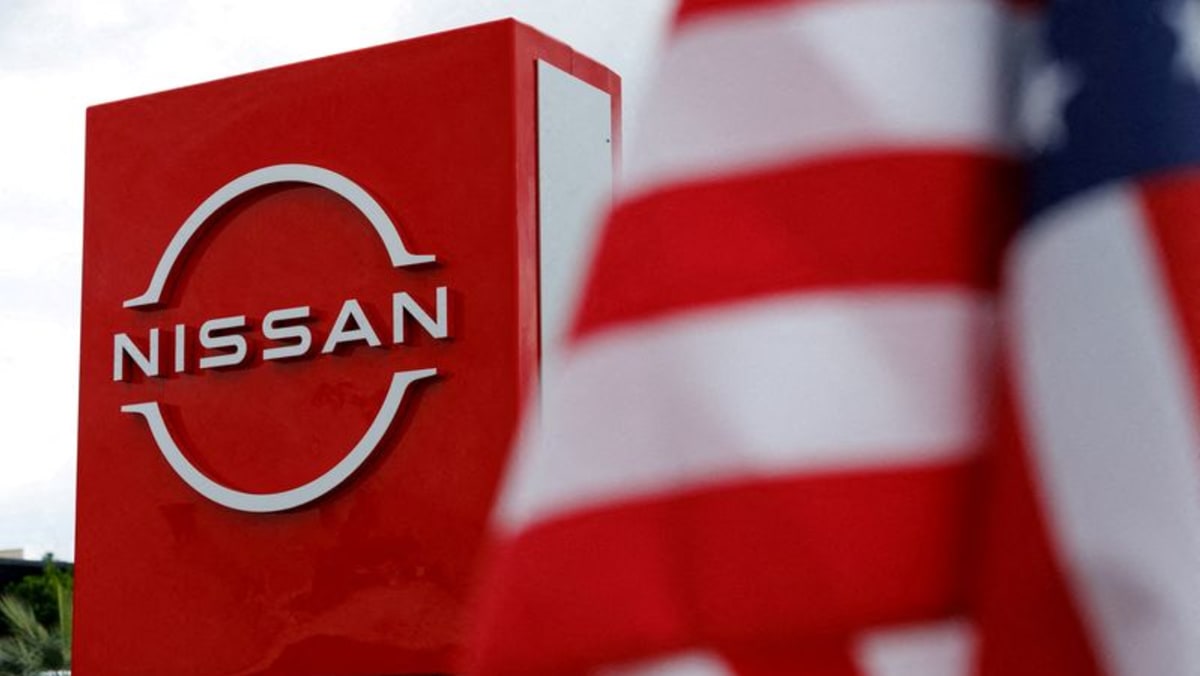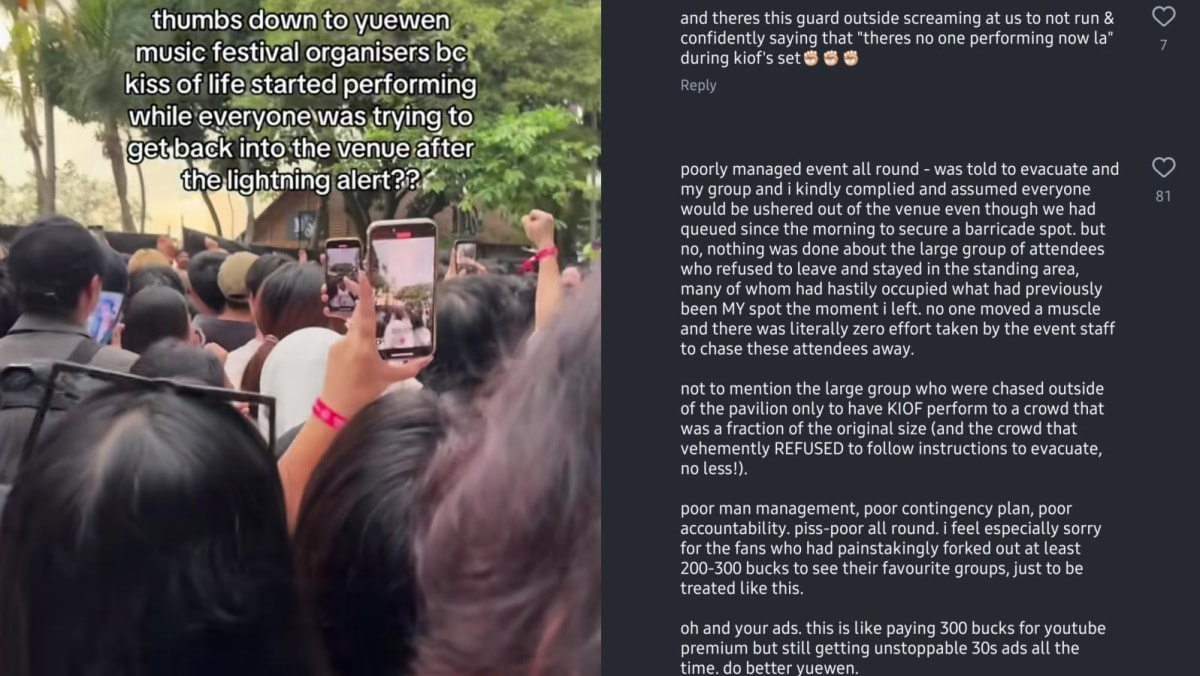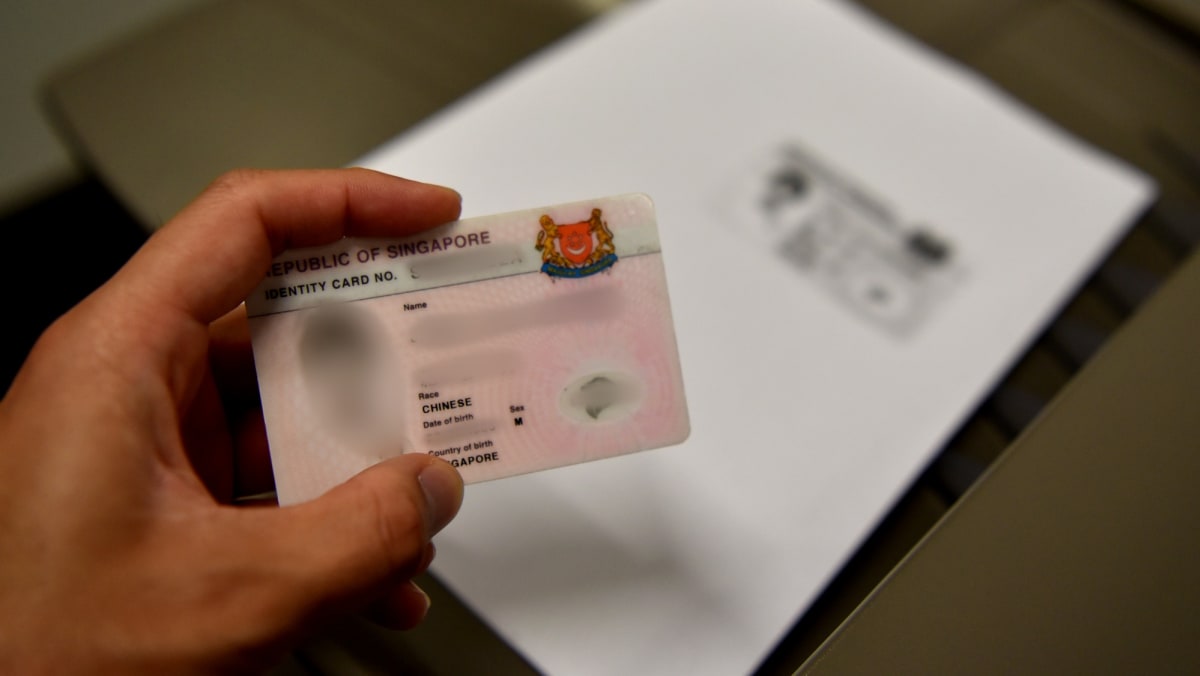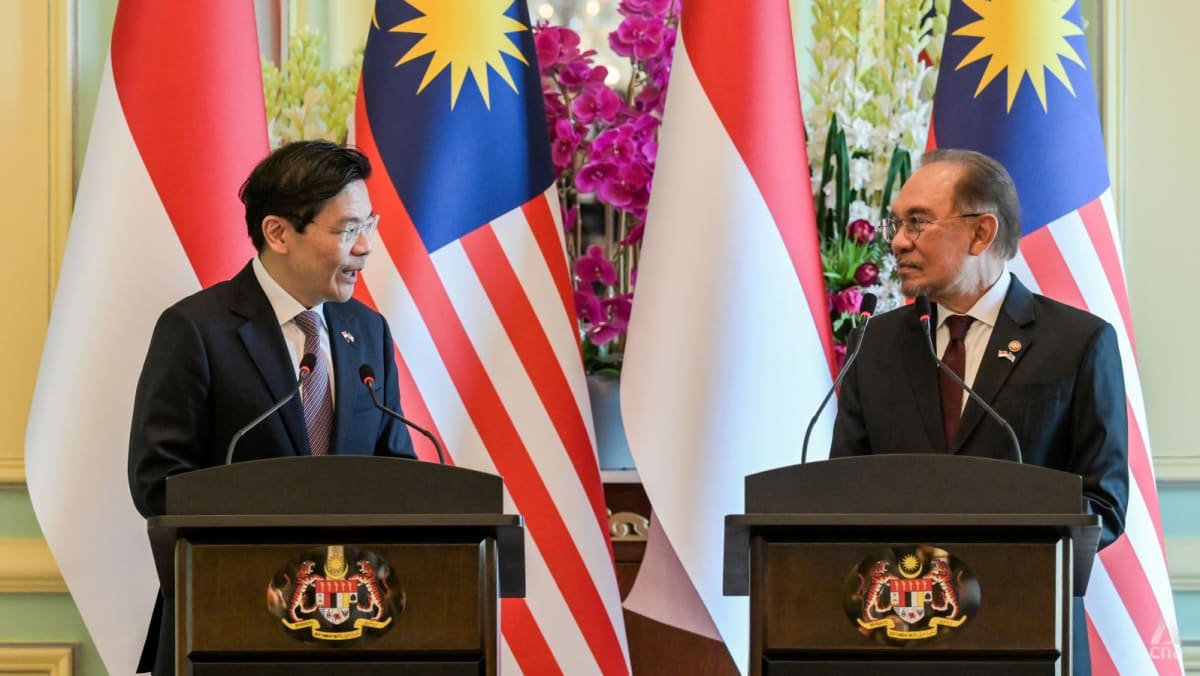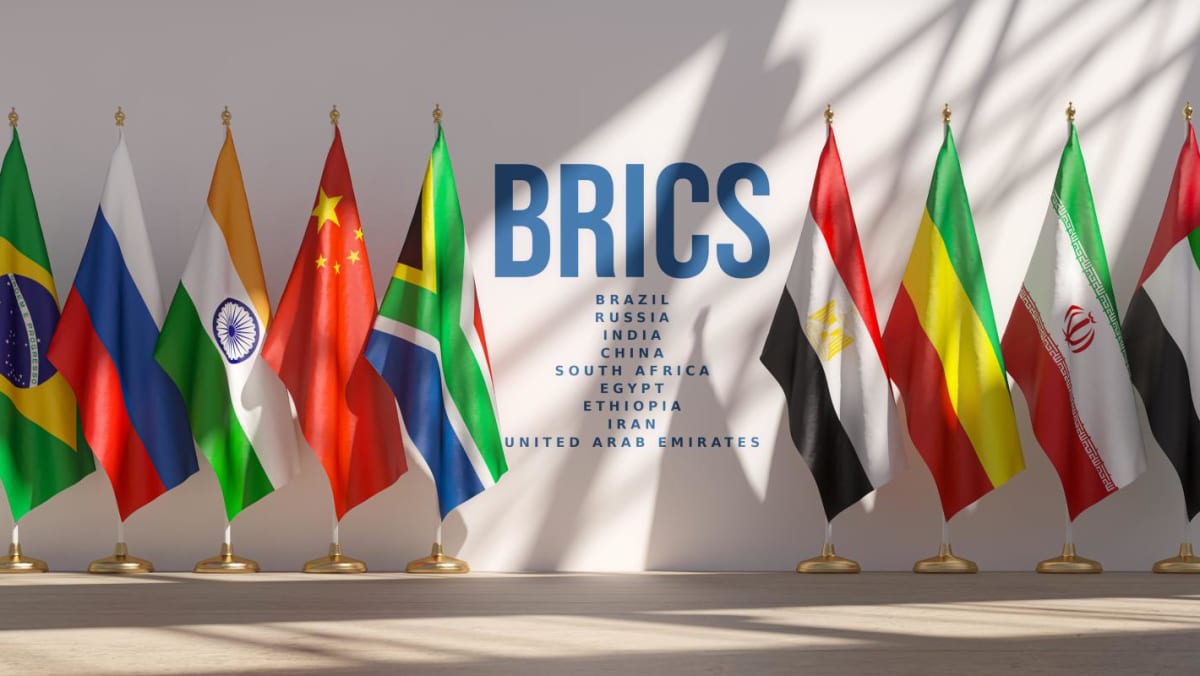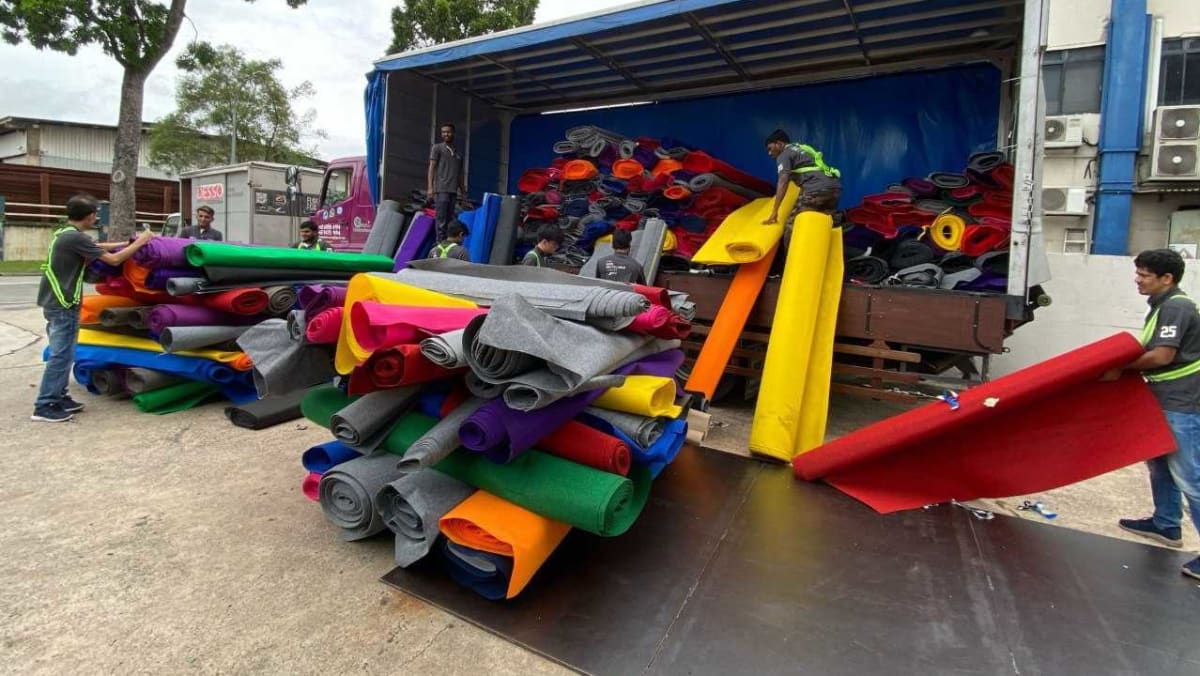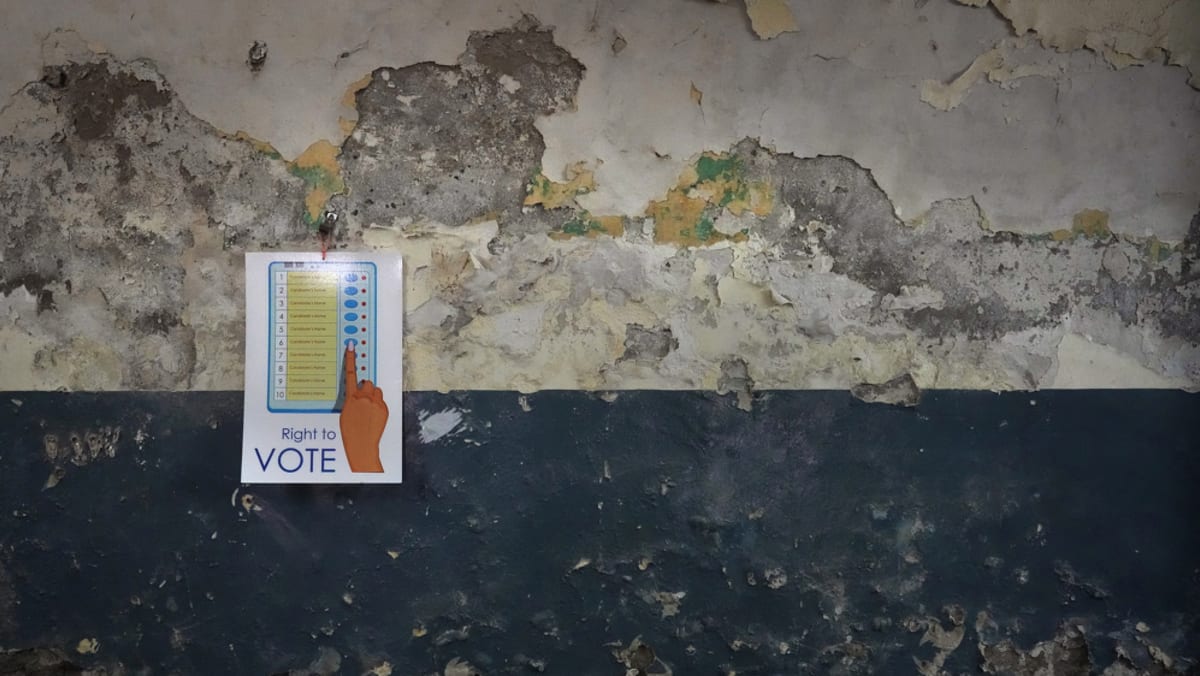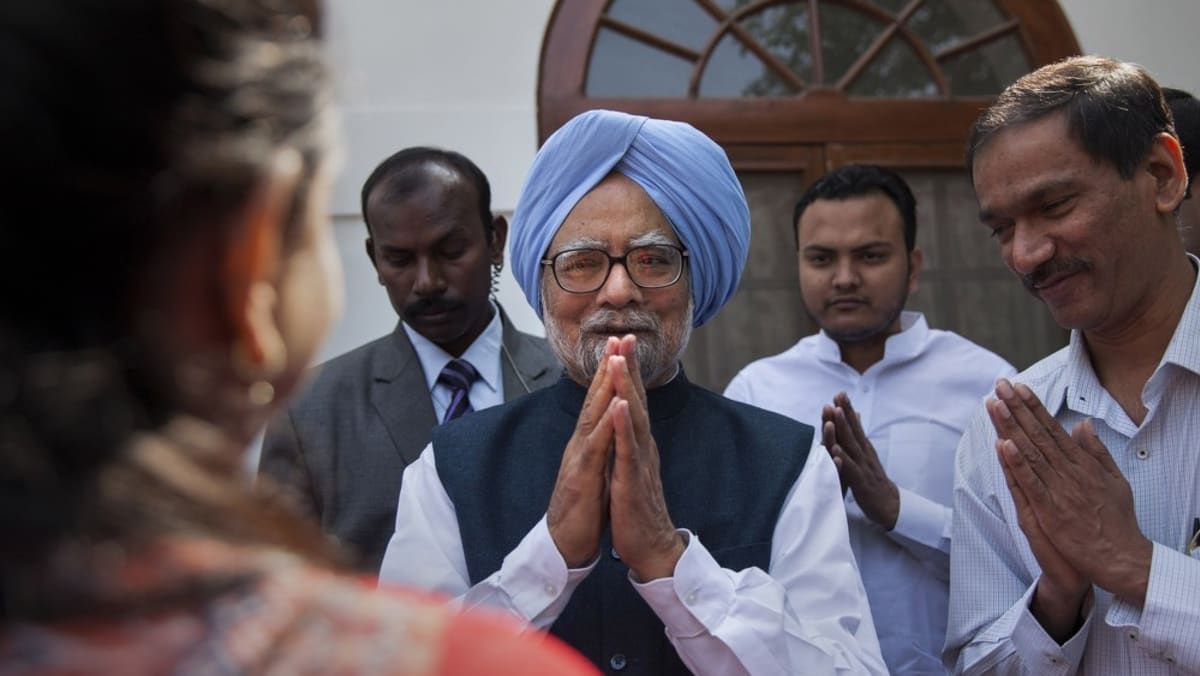After the discovery of oil in 1966, Dubai transformed within a single generation, constructing artificial islands visible from space, the world’s tallest tower, gilded hotels and indoor ski slopes. In many ways, the most populous city in the United Arab Emirates is a carnival mirror reflection of over-the-top luxury, including high-end outposts of famous international chefs and futuristic constructions (like the new Museum of the Future, complete with roaming robots). While that is the Dubai that many visitors experience, this itinerary instead adjusts that mirror to reveal some of the worlds beneath the glossy surface — in the Russian fur sold in sweltering souks, the happy commotion of picnics on night beaches, the immigrant cooking and the nostalgia of an 18th-century fishing and pearling village transformed by visions of the future.
FRIDAY
4pm | Ride to the future
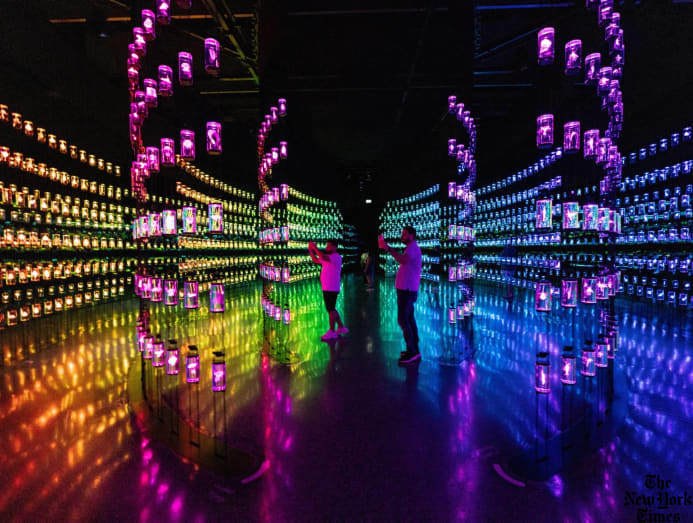 Museum of the Future. (Photo: Katarina Premfors/The New York Times)
Museum of the Future. (Photo: Katarina Premfors/The New York Times)
In Dubai’s skyscraper-filled financial district, life in the year 2071 is imagined inside the interactive Museum of the Future. The seven-storey structure, which was designed with the help of an algorithm, is shaped like a human eye and engraved in Arabic calligraphy. Lift off to an imagined space station in an elevator simulating commercial space travel, press a button to watch nature come to life in a digital re-creation of the Amazonian rainforest, browse a DNA library of thousands of species and check out a flying school bus. If you come across a resident robot (like a penguin “flying” above or a roving dog), wave to start an interaction (entry, 149 dirhams, or about US$40.50).
7pm | Taste a world gone by
Walk a short distance to the Jumeirah Emirates Tower to relax among vines and palm trees at Ninive, an alfresco cocktail lounge that is an urban reimagination of the Hanging Gardens of Babylon. In alcoves made from brass and wood, under dancing lantern lights, settle into cushions woven in geometric Al Sadu fabric and sip a cocktail infused with tamarind (80 dirhams) while sharing a plate of za’atar chickpea dip (60 dirhams) and shisha (160 dirhams). The experience is something of a mix between a majlis (Arabian sitting room) and a caravanserai (the style of inns dotting land routes along the ancient Silk Road). Note that it is illegal to drink alcohol in public, but it is permitted in licensed restaurants, hotels and bars.
9pm | Dine at a hidden bar
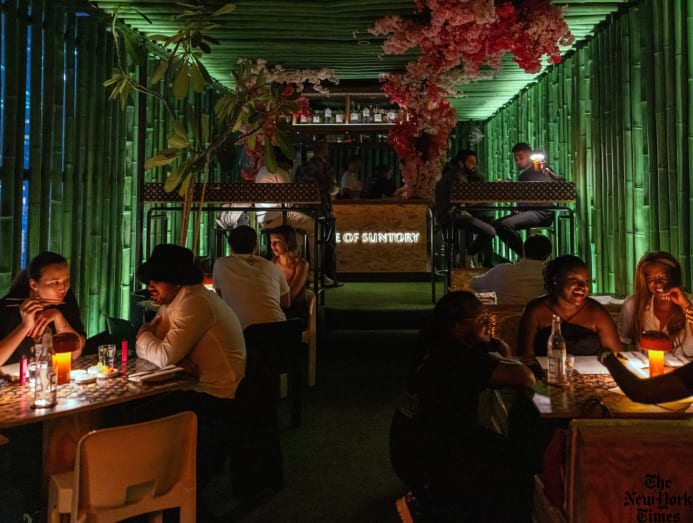 Honeycomb Hi-Fi, inspired by Japanese listening bars, is hidden behind a record store in downtown Dubai. (Photo: Katarina Premfors/The New York Times)
Honeycomb Hi-Fi, inspired by Japanese listening bars, is hidden behind a record store in downtown Dubai. (Photo: Katarina Premfors/The New York Times)
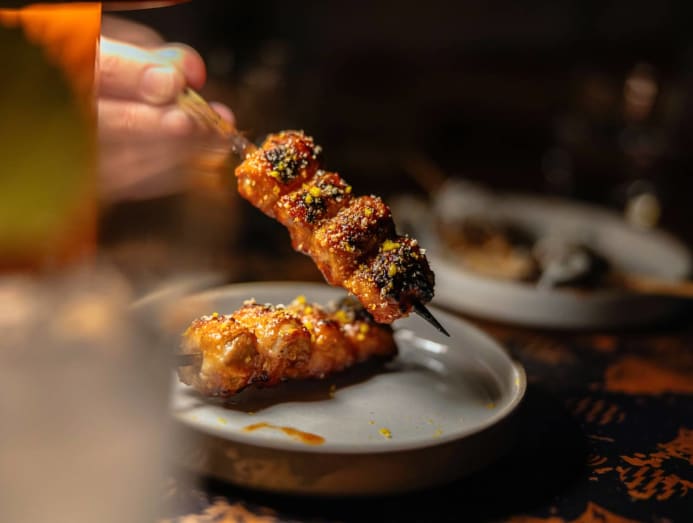 At Honeycomb Hi-Fi, you can enjoy izakaya-style dishes like seaweed salad or chicken yakitori skewers. (Photo: Katarina Premfors/The New York Times)
At Honeycomb Hi-Fi, you can enjoy izakaya-style dishes like seaweed salad or chicken yakitori skewers. (Photo: Katarina Premfors/The New York Times)
A 15-minute drive south in downtown Dubai, at the Pullman Hotel, hidden behind a record store and past a dark vestibule narrower than a pair of shoulders, is Honeycomb Hi-Fi. In the dimly lit dining room, inspired by Japanese listening bars, enjoy izakaya-style dishes like seaweed salad (46 dirhams) or chicken yakitori skewers (55 dirhams) with cocktails made with Roku gin and sake (65 to 80 dirhams) to a soundtrack of sets by DJs from Lebanon, Egypt and Sudan. In an anteroom is an art gallery currently showing photographs documenting the sound systems of the cumbia music scene in Latin America.
SATURDAY
10am | Walk the city
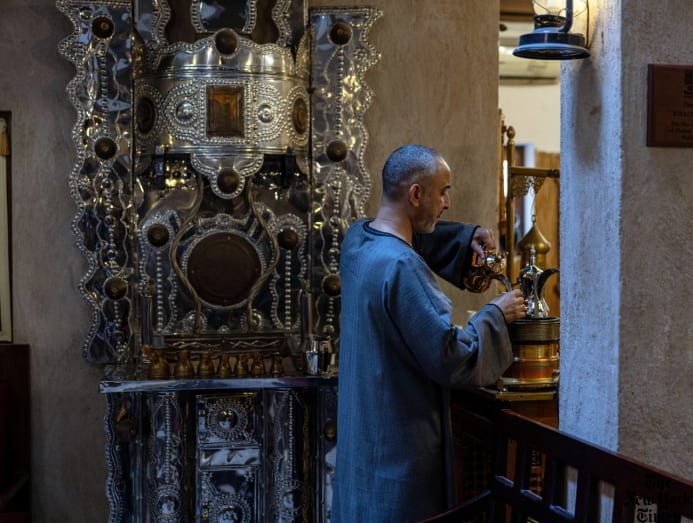 Coffee Museum. (Photo: Katarina Premfors/The New York Times)
Coffee Museum. (Photo: Katarina Premfors/The New York Times)
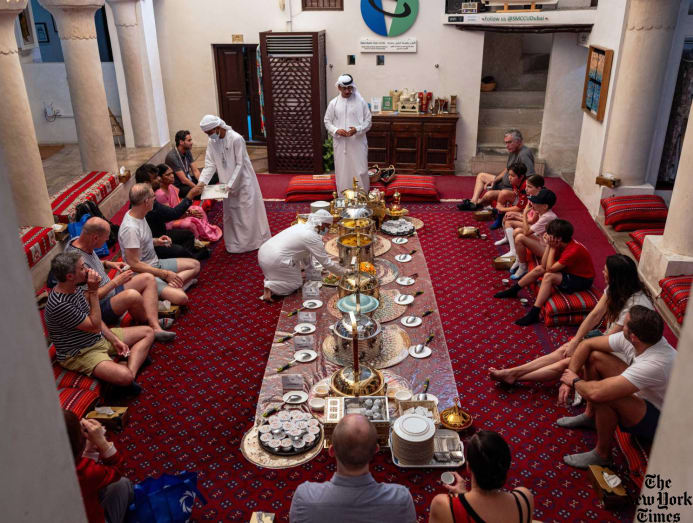 A traditional lunch at the Sheikh Mohammed bin Rashid Al Maktoum Centre for Cultural Understanding in Al Fahidi Historical Neighborhood. (Photo: Katarina Premfors/The New York Times)
A traditional lunch at the Sheikh Mohammed bin Rashid Al Maktoum Centre for Cultural Understanding in Al Fahidi Historical Neighborhood. (Photo: Katarina Premfors/The New York Times)
Learn about traditional Emirati life in Al Fahidi Historical Neighborhood, an oasis of old-world charm. Wander along winding stone pathways, push open heavy teak doors into homes originally occupied by pearl merchants, climb up to wind towers with small windows that open into the canopies of trees. Stop by Bayt Al Khanyar Museum (admission, 5 dirhams), which showcases a collection of ceremonial Emirati daggers. Next door, at the Coffee Museum (10 dirhams), sample Arabic coffee and browse ancient roasting and brewing tools. Explore the adjoining Al Fahidi Souk, where vendors sell shawls, herbs, saffron, and knockoff designer bags and watches, and take in views of Dubai Creek, which is dotted with charming dhows, or sailboat taxis.
2pm | Eat vegetarian thali
Take a taxi 10 minutes west to Karama, a working-class neighbourhood of low-rise buildings with saris and pyjamas hung to dry, and follow the aroma of ghee into Maharaja Bhog, a multicourse, all-you-can-eat restaurant with the ambience of an Indian wedding party that specialises in vegetarian thali, a platter featuring many small dishes (59 dirhams per adult). Wash your hands in a copper bowl that is brought to your table and take in the cheerful chaos of clinking spoons, the hiss of frying oil and laughter over the hum of classical Indian music. A rotating cast of waiters appears, swinging serving bowls over your head and doling out shallow pools of chutney alongside a selection of curries, dals, roti and rice from the western Indian states of Rajasthan and Gujarat.
4pm | Explore art
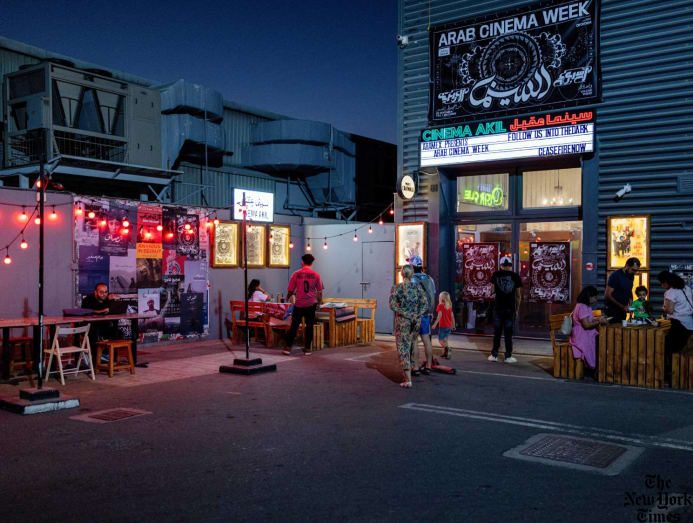 Cinema Akil. (Photo: Katarina Premfors/The New York Times)
Cinema Akil. (Photo: Katarina Premfors/The New York Times)
Head south to Alserkal Avenue, a cultural district where you can browse art in a cluster of warehouses that were part of a former marble factory. Look for the public art installation of makeshift shelters by Palestinian artist Dima Srouji, which is spread along the avenue (through Feb 26). Stop by the Leila Heller gallery to see abstract paintings by Lebanese artist Marwan Sahmarani (through Jan 15), and explore the tantric symbolism of paintings by Indian artist Sohan Qadri at 1X1 Art Gallery (through Jan 9). At Cinema Akil, a retro art-house cinema with mismatched couches and vintage posters, catch a screening of an international short (56 dirhams). Afterward, shop a collection of prints, cameras and books at Gulf Photo Plus and stop by Nappa Dori for gorgeous Indian leather goods.
8pm | Eat seafood by a harbour
Choose your dinner adventure. Dig into salmon carpaccio, yellowtail sushi and Indomie instant noodles mixed with beef chorizo at 3Fils, a diner by the Jumeirah Fishing Harbor, while taking in the breeze and the view of fishing boats and water scooters. No alcohol, no reservations (the line moves quickly); (dinner for two, around 200 dirhams). Or join a river of traffic turning into Antar or Al Ijaza Cafeteria, both near Jumeirah Beach Road, two beloved, neon-lit fast-food storefronts serving shawarma, porotta flatbreads rolled around kebabs and milky chai since the 1990s, before the homogenizing bulldozer of global food chains arrived. Try the hassan mathar (9 dirhams), a pocket sandwich with spit-roasted chicken, cheese, fries and hot sauce.
SUNDAY
7am | Bike through the desert
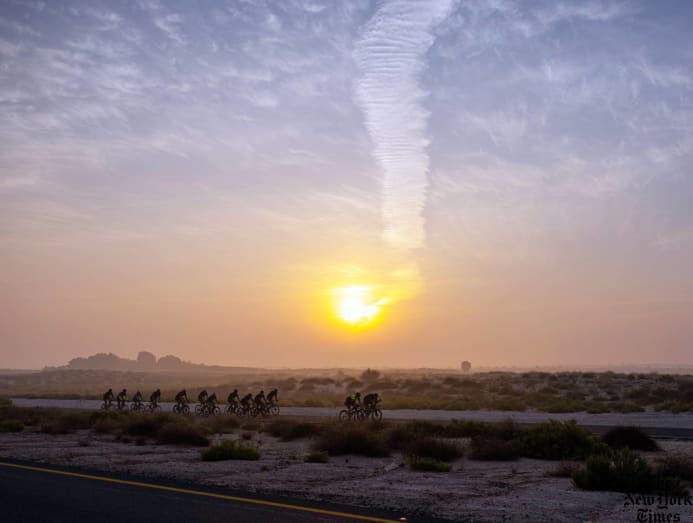 Al Qudra Cycle Track. (Photo: Katarina Premfors/The New York Times)
Al Qudra Cycle Track. (Photo: Katarina Premfors/The New York Times)
Watch the sun come up over the vast Al Marmoom Desert as you bike along Al Qudra Cycle Track, a 30-minute drive or Uber ride east from the city centre. Rent a bike at Trek Bicycle Store (166 dirhams for two hours) at the start of the dedicated cycling path, which has loops suitable for various levels of riders and groups, and is equipped with rest stops and water stations. The thrill of riding past undulating dunes, ghaf trees and date palms, and glimpsing Arabian oryxes (native long-horned antelopes) and camels in the wild will make waking early worth it. Stop for rest roughly 4 miles in at Al Qudra Lakes, an oasis that attracts migratory birds including flocks of flamingos. Take in the sounds of families stretching out on picnic mats, peeling fruit with pocket knives and humming songs.
11am | Have brunch
Wipe off the dust and head west to Mama’esh, a Palestinian restaurant in the Al Manara neighbourhood that feels like a family’s living room, with walls covered in photographs, artifacts and mementos of daily life in the West Bank, east Jerusalem and the Gaza Strip. There is a ticker announcing prayer times and a shelf crowded with herbs and recipe books. Mama’esh specialises in manakish, the traditional flatbread baked in stone ovens with olive oil sourced from Palestinian villages and topped with za’atar, cheese or meat. Try the foul mudammas (spiced fava beans), cheese manakish with hummus, and a stew of spiced eggplant, lentils and pomegranates (brunch for two, around 100 dirhams).
Noon | Take a yacht out
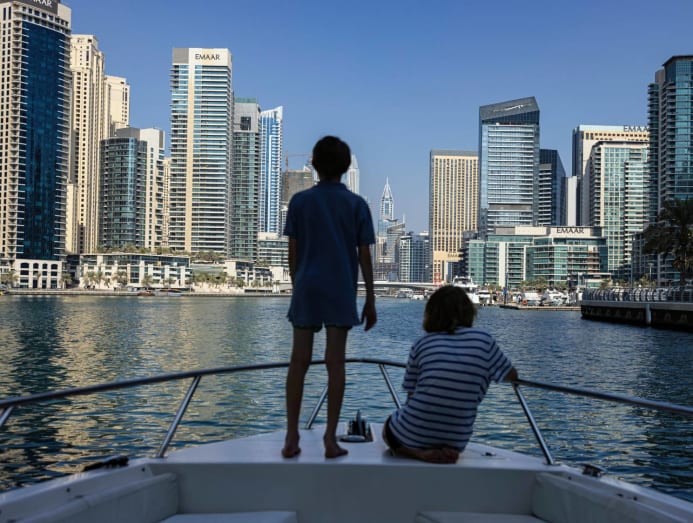 (Photo: Katarina Premfors/The New York Times)
(Photo: Katarina Premfors/The New York Times)
Hire a yacht, staffed with a crew, which costs less of an arm and a leg than it sounds (450 dirhams an hour for up to 10 adults and children with Everest Yacht Charter; minimum rental is two hours). You’ll leave behind the hustle of the city, drawn toward the lull of the sea as you taste the salt in the air and take in the skyline from a different perspective, cruising past the sail-shaped Burj Al Arab hotel; the palm-shaped, artificial islands of Palm Jumeirah; and the Arabian archway of the Atlantis hotel. Bring along a portable speaker to play your own music, as well as your brunch leftovers, swimwear and a change of clothes so you can anchor midsea and jump into the water.
WHERE TO STAY
Jumeirah Al Naseemis a beachfront resort that is part of a chain of interconnected hotels with sand-coloured villas and suites, a water park, lush gardens, traditional wind towers (which catch cool air to ventilate buildings), a souk and a palm-fringed canal. The rooms have panoramic ocean views, and the villas have direct access to the private beach. Rooms start at 2,401 dirhams (about US$654).
25hours Hotel One Central, a stylish hotel overlooking the Museum of the Future in the financial district, offers city views from its rooftop pool. Rooms start at 905 dirhams.
Rove Dubai Marina offers affordable, functional rooms with views of the waterfront. Rooms start at 499 dirhams.
For short-term rentals, consider Sonder’s serviced apartments in downtown Dubai, Business Bay or Jumeirah Beach the Walk.
By Mansi Choksi © The New York Times
This article originally appeared in The New York Times
Source: New York Times/bt





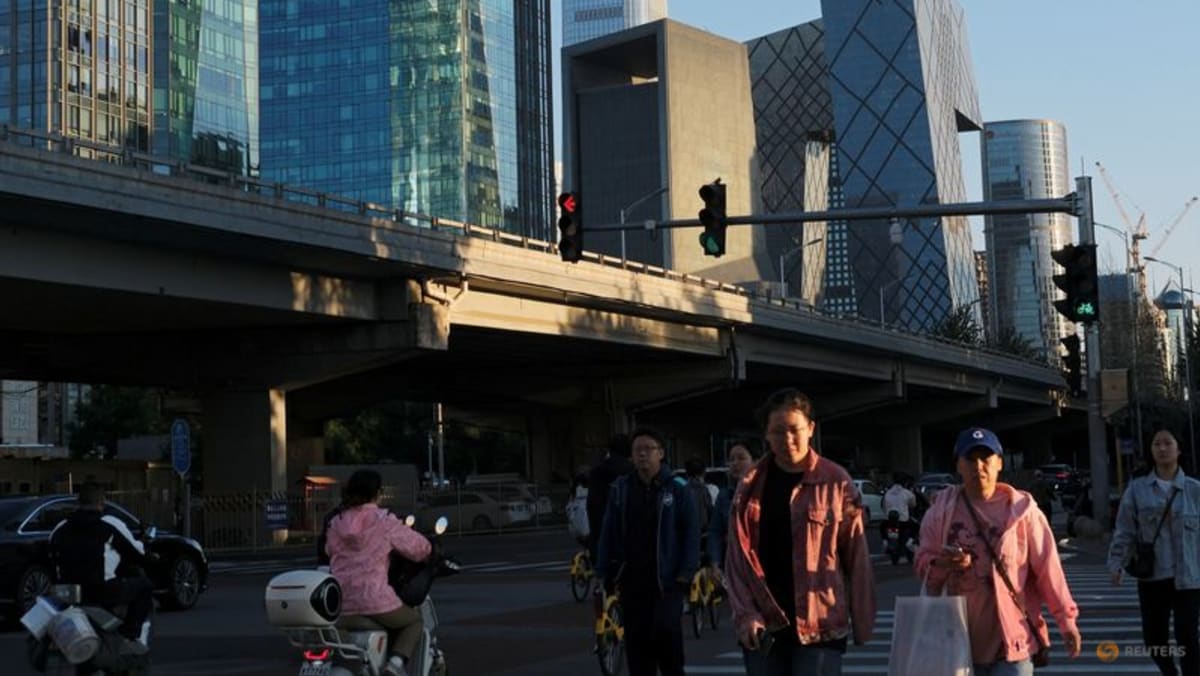

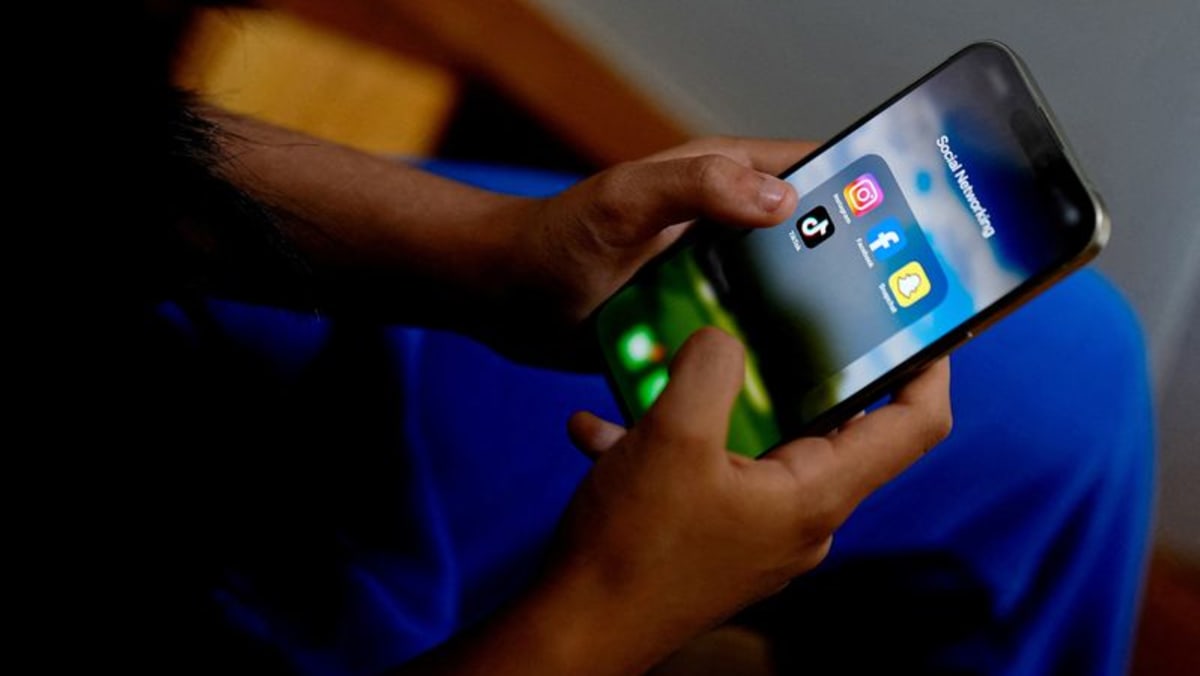



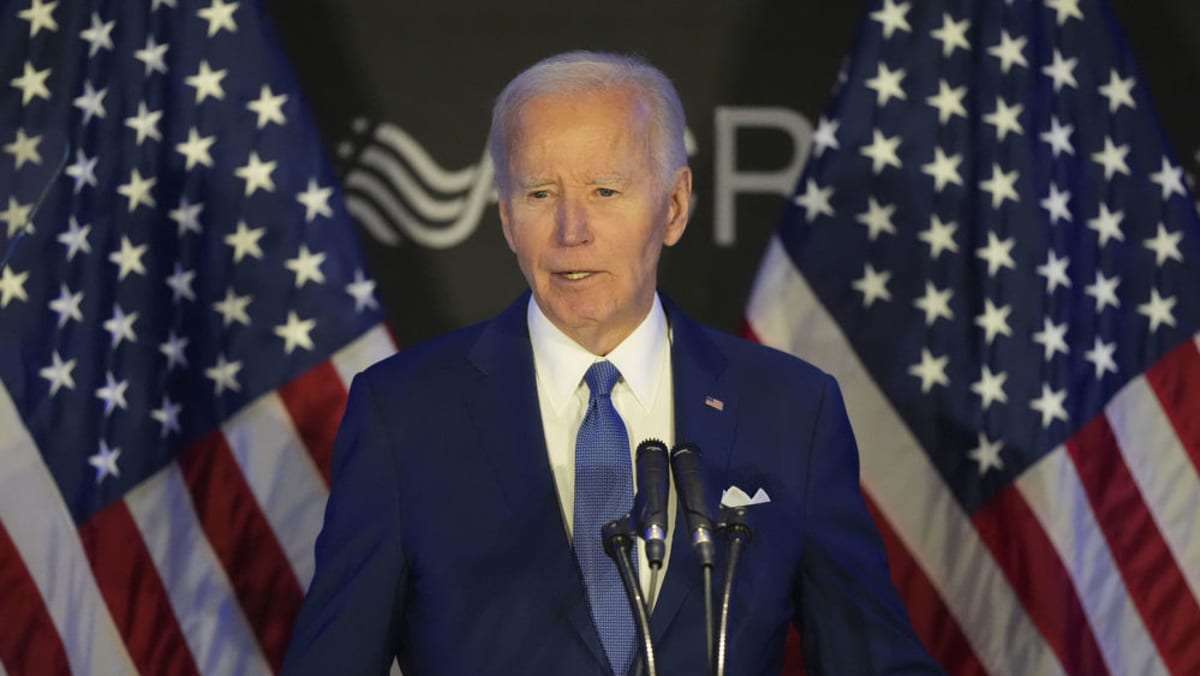



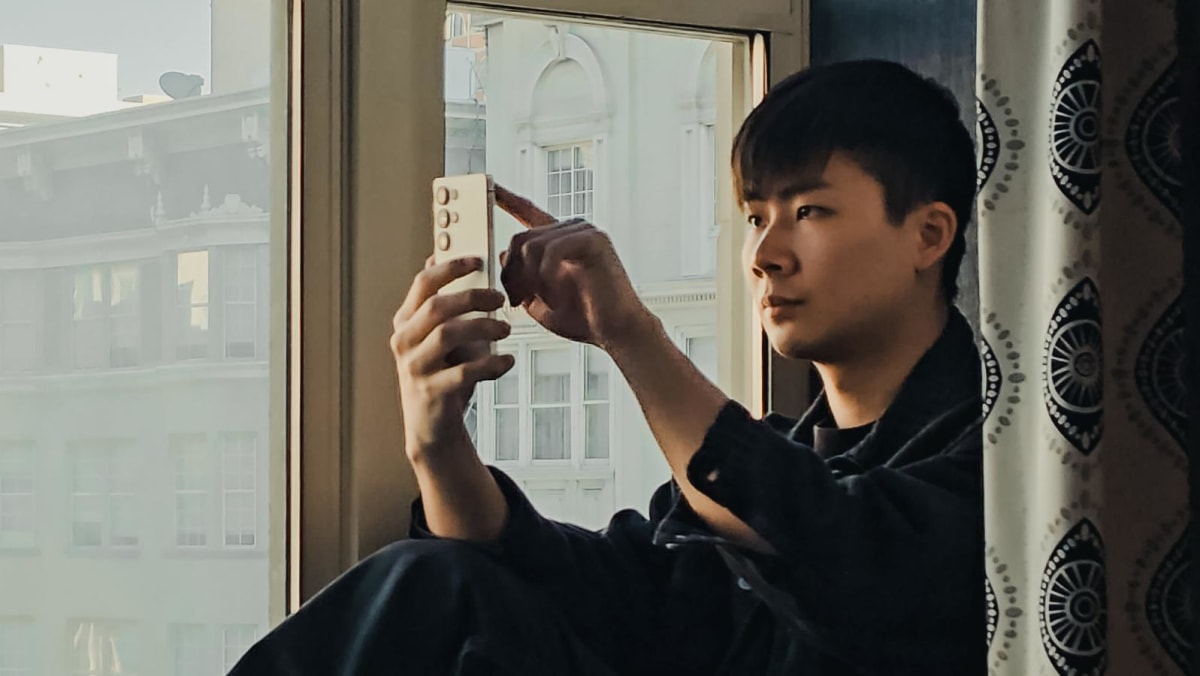

.jpg?itok=Ox6HmVBj)

